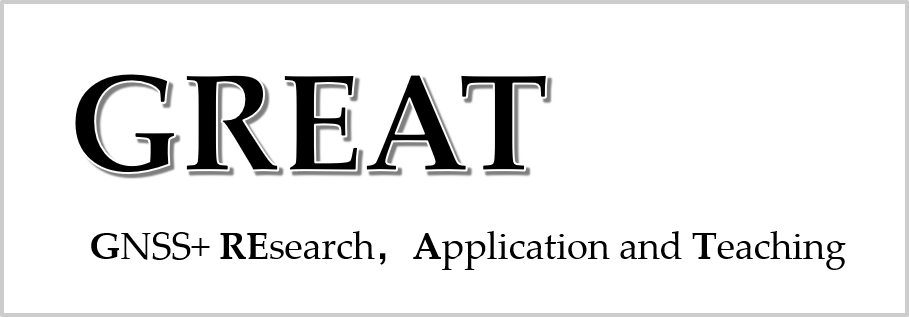A lightweight library for instance-level visual road marking extraction, parameterization, mapping, map-aided localization, etc.
This is a enhanced version of our work "Visual Mapping and Localization System Based on Compact Instance-Level Road Markings With Spatial Uncertainty" (RA-L 2022).
I have made practical modifications to the original version and hope this can serve as a reference for related research. A video preview is available here .
-
Batch pipeline ➡️ Incremental pipeline
-
Ellipsoid parameterization (SVD-based) ➡️ Bounding box parameterization
-
High-precision poses always required ➡️ Local mapping + geo-registering
-
And so on...
- Code Upload (deadline: 2024/06)
- Mapping Example (deadline: 2024/06)
- Localization Example (deadline: 2024/06)
Still under construction...
-
The project depends on OpenCV, PCL and GLFW3. Install these libraries first.
-
Use the following commands to compile the project.
mkdir build
cd build
cmake ..
make -j8- This project has been tested on Windows 10 and Ubuntu 20.04 (WSL2). If you have any trouble building the project, please raise an issue.
We provide an pretrained pytorch model for road marking segmentation. The model is based on the Segformer implementation of MMSegmentation. We use the apolloscape dataset and our self-made dataset (around 500 images) collected in Wuhan City to train the model, which works fine in the road environments of Wuhan.
To test the model, MMSegmentation is needed. After the installation, put segformer_whu.py to the "configs/segformer" folder of the MMSegmentation project.
See
python scripts/inference_example.pyfor details of the inference.
Notice that this is just a toy model due to the limited training set. You may train your own road marking segmentation model to fit your applications.
Download the test dataset we collected in Wuhan City here.
To run the mapping example, follow the command below
./build/demo_mapping ./config/WHU_0412/vi.yaml ${DATASET}/stamp.txt ${DATASET}/cam0 ${DATASET}/semantic ${DATASET}/gt.txt ${DATASET}/odo.txt ./map_output.binThis demo would perform incremental mapping and geo-registering sequentially. The main function (demo_mapping.cpp) is written in a simple script-like manner, feel free to modify it.
The generated file would be saved to a binary file. Use "scripts/view_map.py" for visualization.
TODO
To run on your own dataset, the following data/metadata need to be prepared.
- Monocular RGB images with calibrated intrinsics.
- Semantic masks of the images with road marking segmentation. See inference model for details.
- Camera-ground geometric parameters for IPM. Here we use the conventions consistent with gv_tools (
$h$ for height,$\theta$ for pitch,$\alpha$ for roll).
- Odometry poses for local mapping.
- Global poses for geo-registering. The global poses could be obtained by fusing GNSS and odometry (VIO for example). See the global estimator in VINS-Fusion for reference.
In all the tests, we assume the body frame to be left-forward-up and the camera frame to be right-down-forward. Modifications might be needed if you are using a different setup.
The handcrafted legacy OpenGL viewer works fine on my Windows, but the performance is very poor on my WSL2. If you have any ideas or solutions, please contact me.
The obvious limitation of the project is that it only focuses on the road markings. We hope to support other roadside object instances (like poles, signs) in the future.
The code project still has a lot of room for improvement. Feel free to discuss it with me!
RoadLib is developed by GREAT (GNSS+ REsearch, Application and Teaching) Group, School of Geodesy and Geomatics, Wuhan University.
We use the camodocal project to handle camera models, while we modify it to a minimal version which doesn't need Ceres.
The codebase and documentation is licensed under the GNU General Public License v3 (GPL-3).

